Lonicera ‘Dropmore Scarlet’ Honeysuckle Vine – Starter Plant 8-12″ – Dormant
Original price was: $47.99.$22.99Current price is: $22.99.
Lonicera ‘Dropmore Scarlet’ Honeysuckle is a fast-growing perennial vine that produces vibrant scarlet-orange tubular flowers from June to September. This starter plant, approx. 8-12 inches, is ideal for attracting hummingbirds and butterflies. Thrives in full sun to light shade with well-drained soil.
Out of stock
Estimated arrival
Dec 07
Dec 12 - Dec 14
Dec 17 - Dec 21
Reasonable Price
We offer reasonable price

Support 24/7
Contact us 24 hrs a day

100% Money Back
You've 30 days to Return

Payment Secure
100% secure payment
The Lonicera ‘Dropmore Scarlet’ Honeysuckle is a hardy, fast-growing perennial vine that thrives in zones 4-9. This well-rooted starter plant is approximately 8-12 inches and will flourish into a vigorous climber, making it a stunning addition to trellises, fences, and arbors.
From June to September, this climbing vine produces an abundance of scarlet-orange tubular flowers, attracting hummingbirds, butterflies, and other pollinators. Its semi-evergreen foliage provides year-round interest in warmer climates. It grows best in full sun to light shade and requires well-drained soil for optimal performance.
This dormant starter plant is shipped in a 2 1/2 x 3 1/2-inch pot and will establish strong roots before bursting into lush, colorful growth in spring.
Key Features and Benefits:
- Plant Type: Perennial flowering vine
- Condition: Well-rooted starter plant, approx. 8-12 inches tall
- Flower Color: Scarlet-orange tubular blooms (June-Sept)
- Ideal for: Trellises, fences, arbors, and attracting pollinators
- Sun Requirements: Full sun to light shade
- Soil Needs: Well-drained soil, moderate watering
- Zones: 4-9 (cold-hardy and adaptable)
Uses:
- Landscaping: Perfect for covering trellises, fences, or pergolas
- Wildlife Garden: Attracts hummingbirds, butterflies, and bees
- Gift Idea: Ideal for gardeners and nature lovers
- Erosion Control: Can help stabilize soil on slopes
FAQs:
Q: When should I plant my Lonicera ‘Dropmore Scarlet’ starter plant?
A: Plant in early spring after the last frost or in fall before the ground freezes. It will establish roots during dormancy and grow vigorously in spring.
Q: How tall will this honeysuckle vine grow?
A: This fast-growing vine can reach up to 10-15 feet tall when supported by a trellis or fence.
Q: Does this plant require pruning?
A: Light pruning in early spring helps shape the plant and encourages fuller growth. Deadheading flowers can promote extended blooming.
Q: Is this honeysuckle variety fragrant?
A: Unlike some honeysuckle varieties, Dropmore Scarlet is not heavily scented, but it attracts pollinators with its bright, tubular flowers.
Q: Will this plant survive in my climate?
A: This cold-hardy vine thrives in USDA zones 4-9 and can tolerate a variety of climates as long as it has well-drained soil and sufficient sunlight.
Be the first to review “Lonicera ‘Dropmore Scarlet’ Honeysuckle Vine – Starter Plant 8-12″ – Dormant”


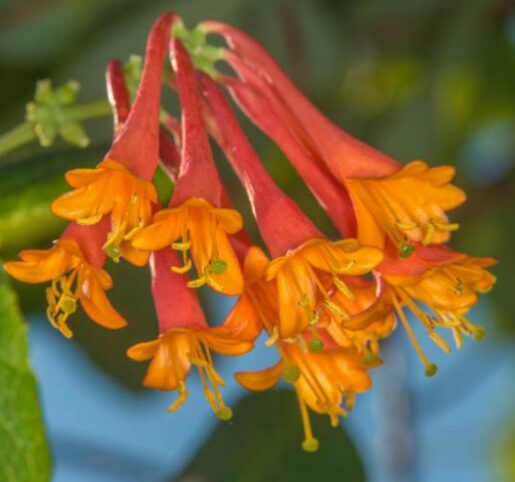
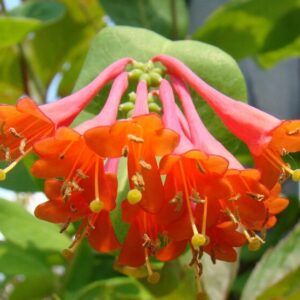


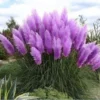
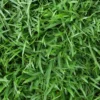
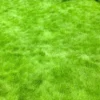
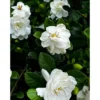
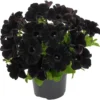
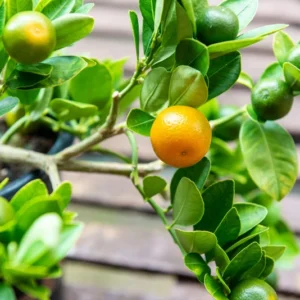
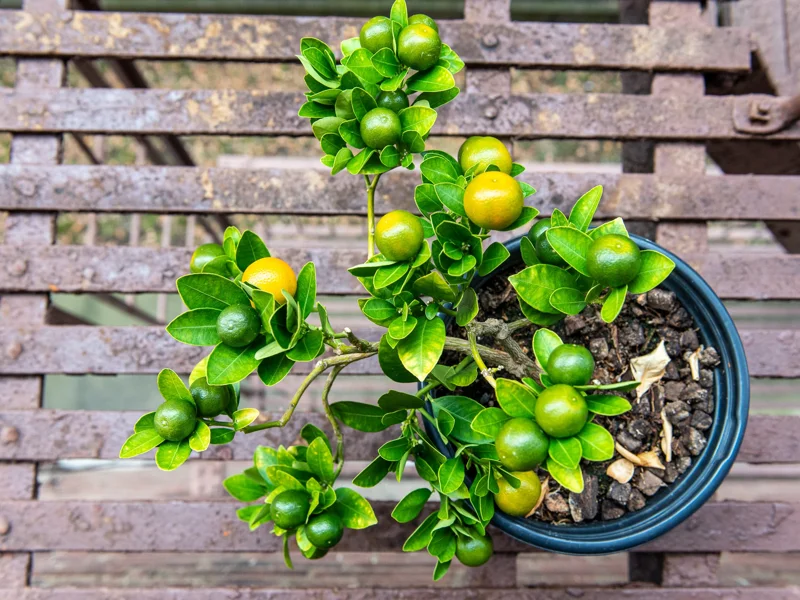
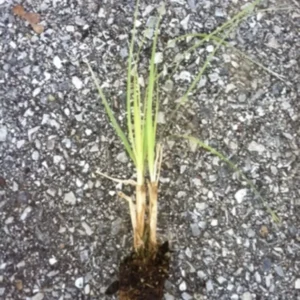
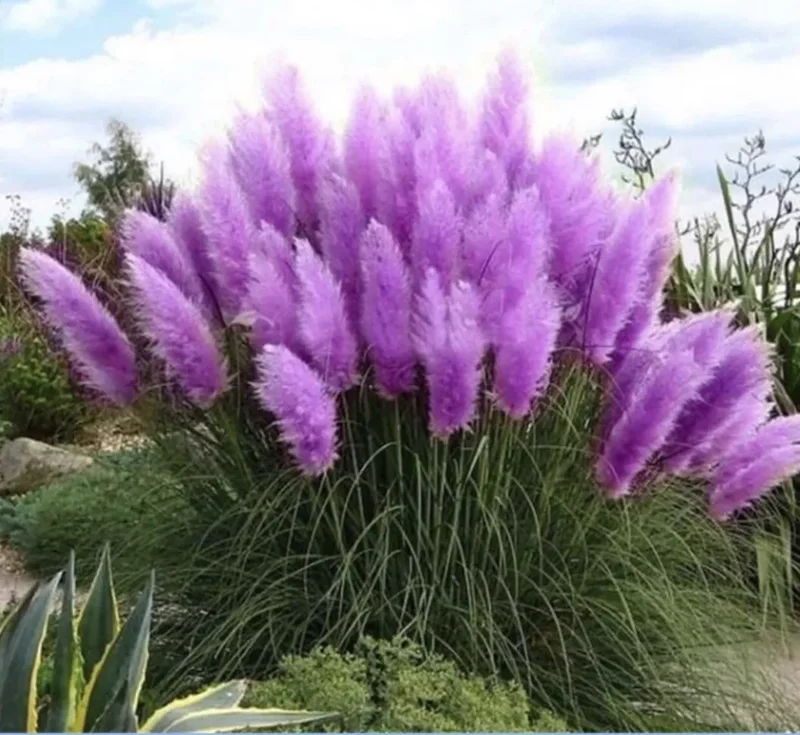
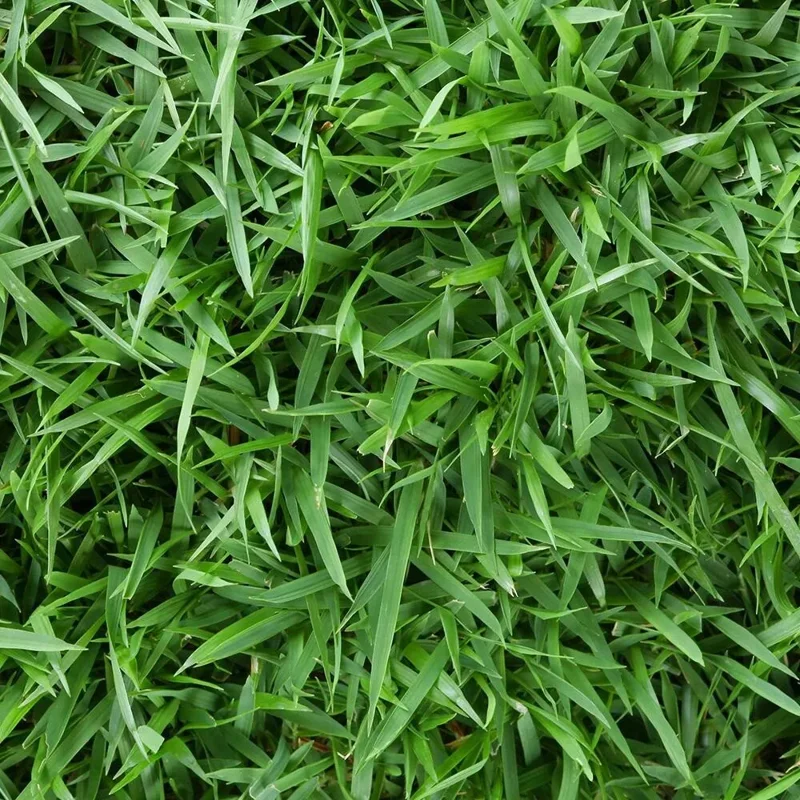
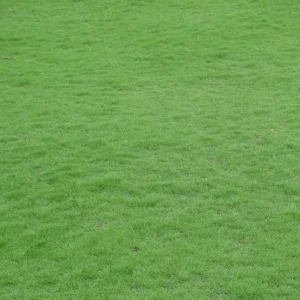
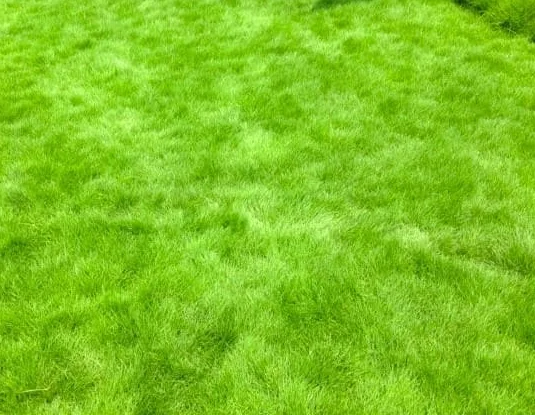

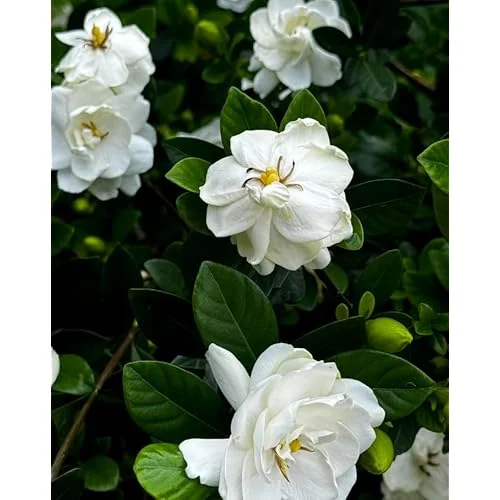
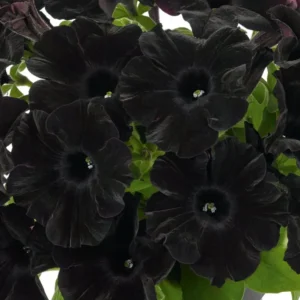
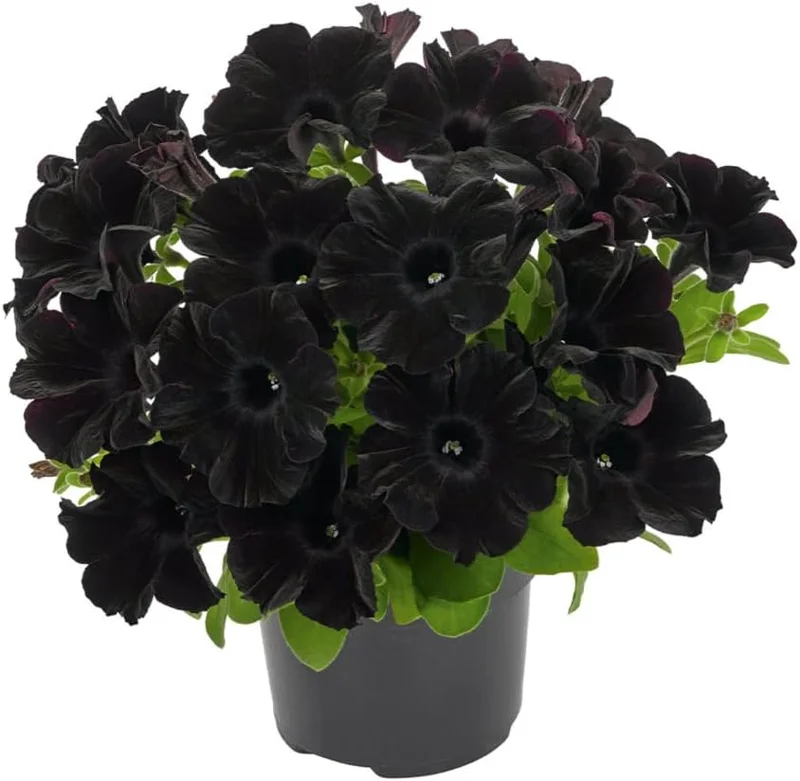
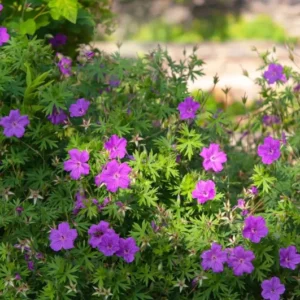
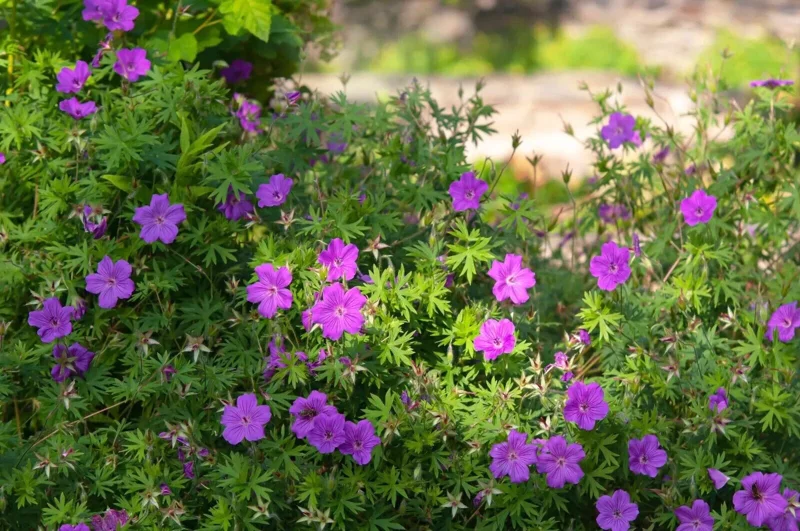
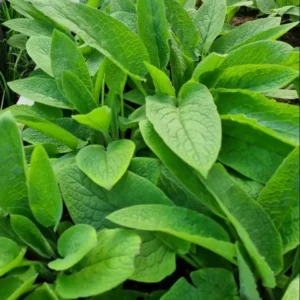
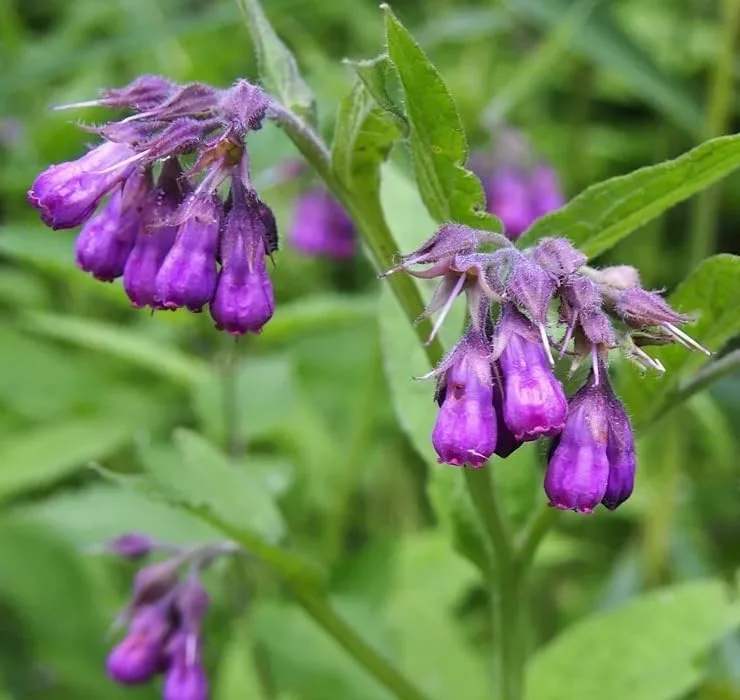
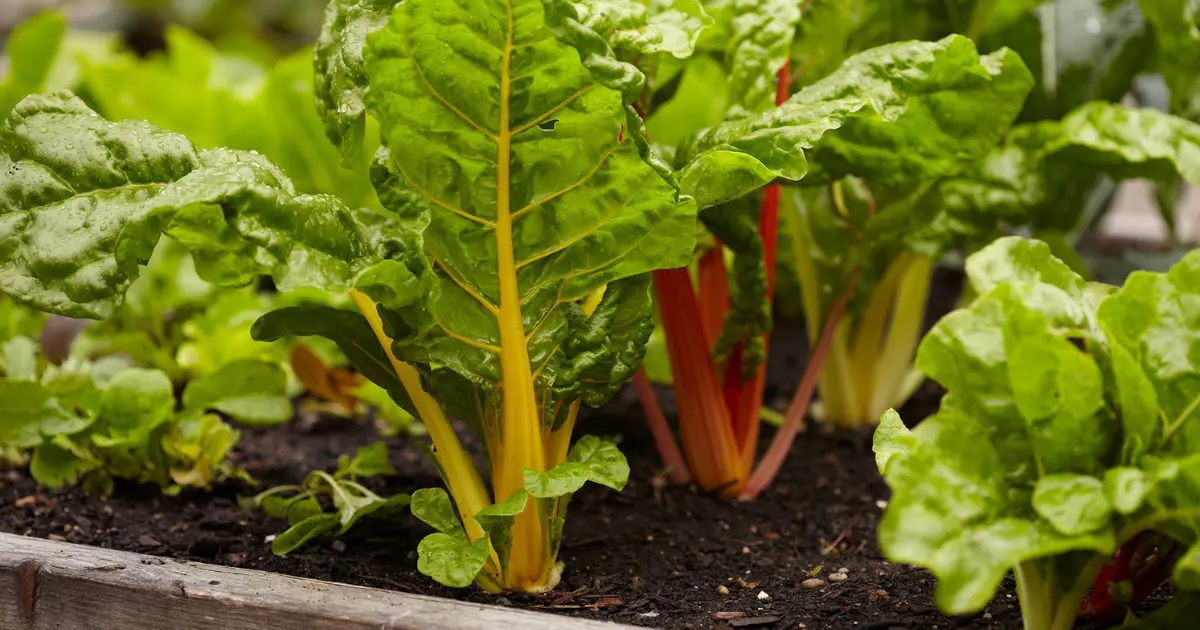
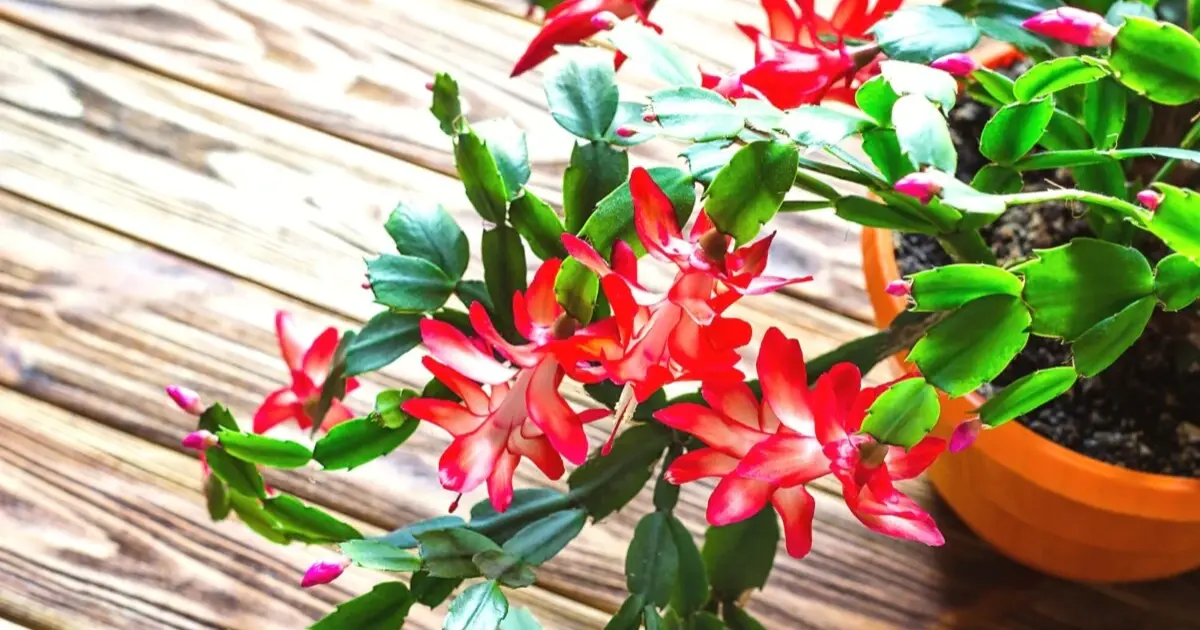
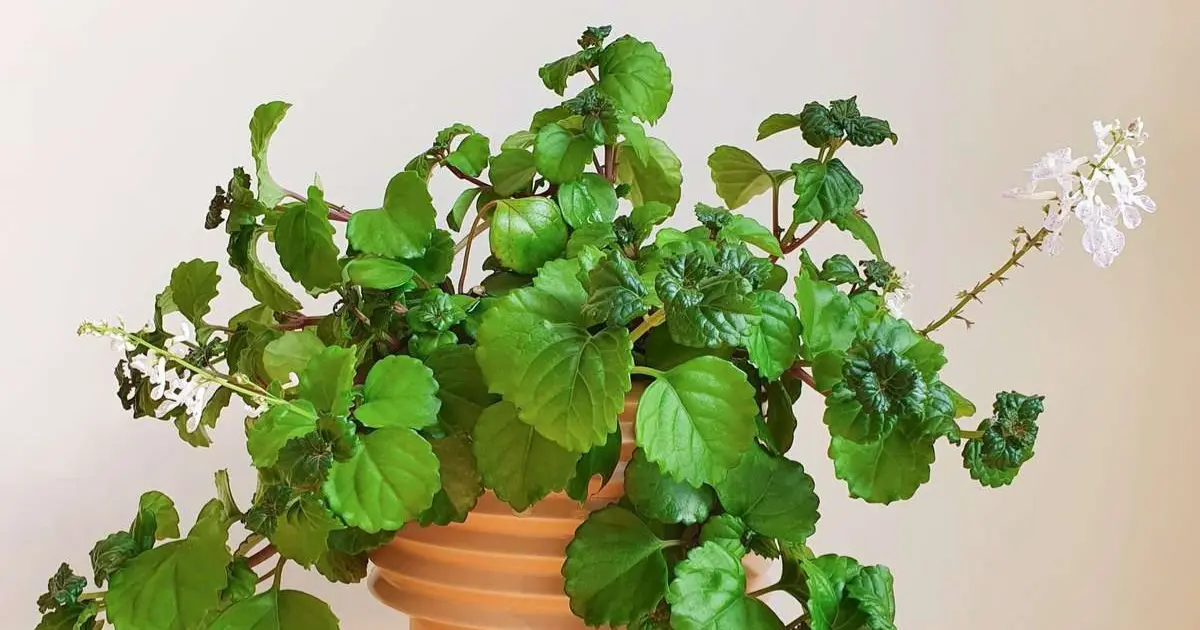
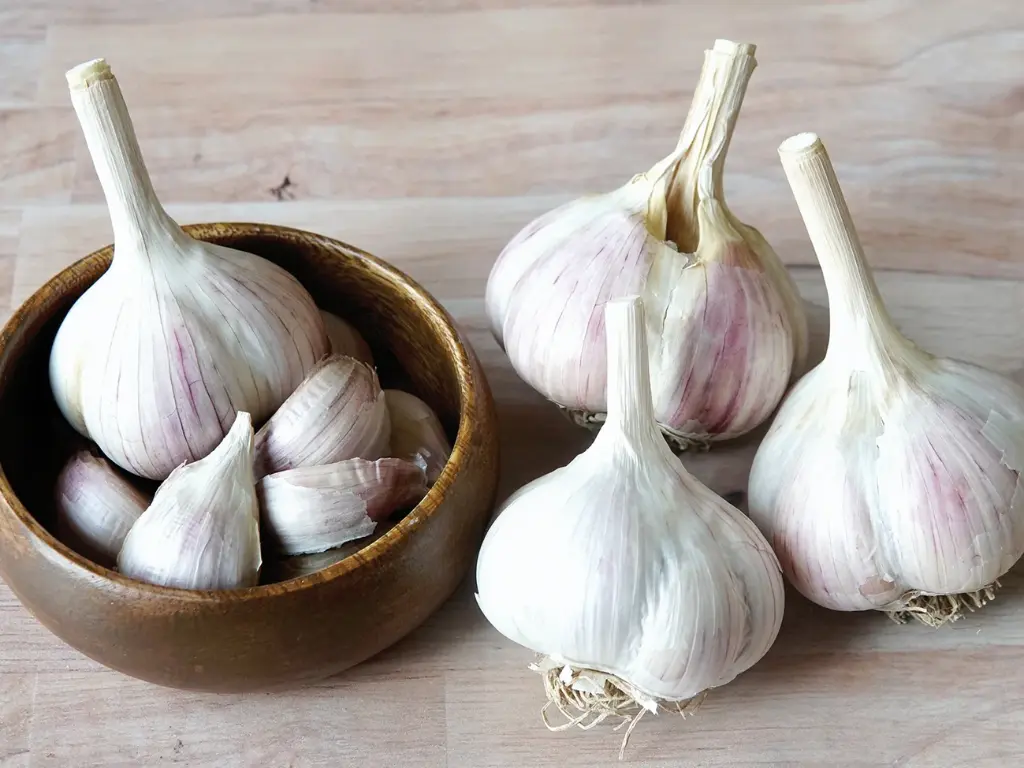
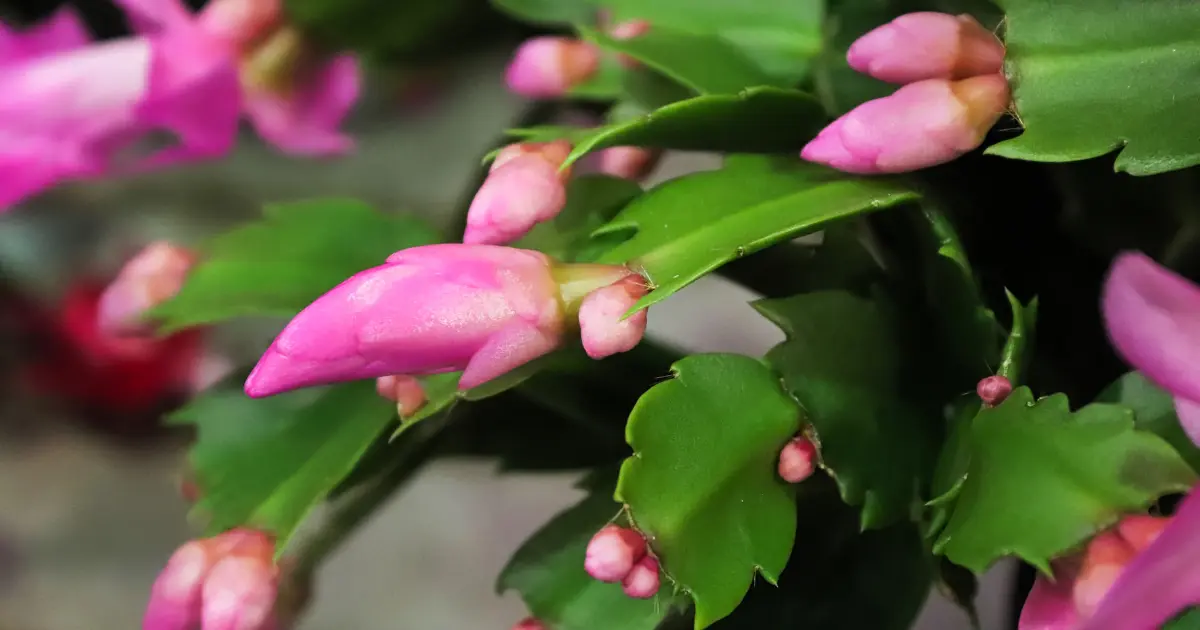


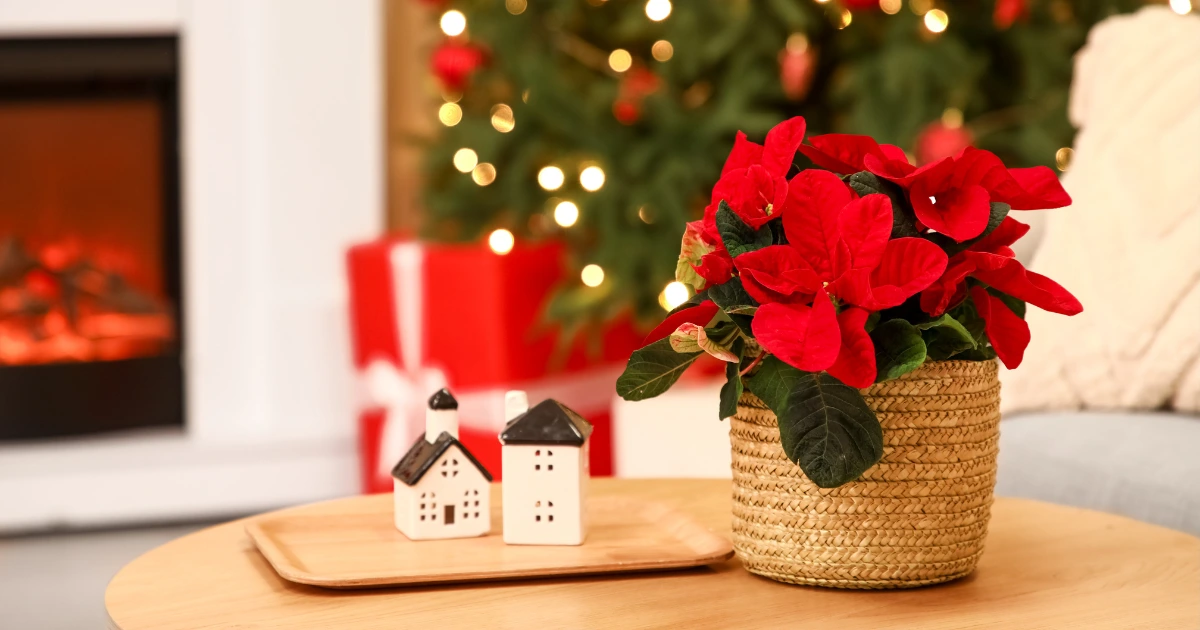
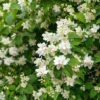
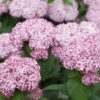
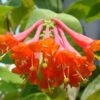
Reviews
There are no reviews yet.